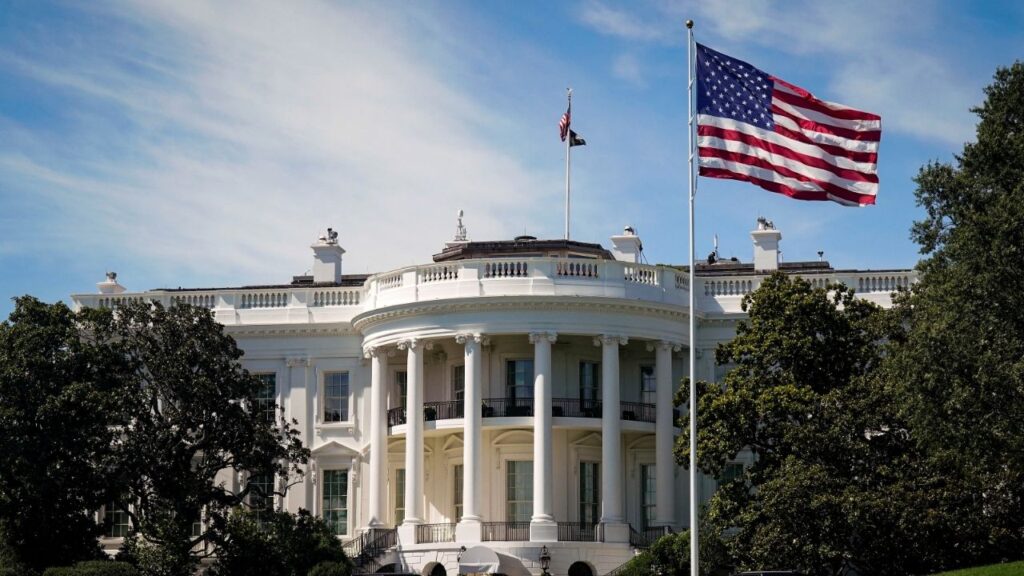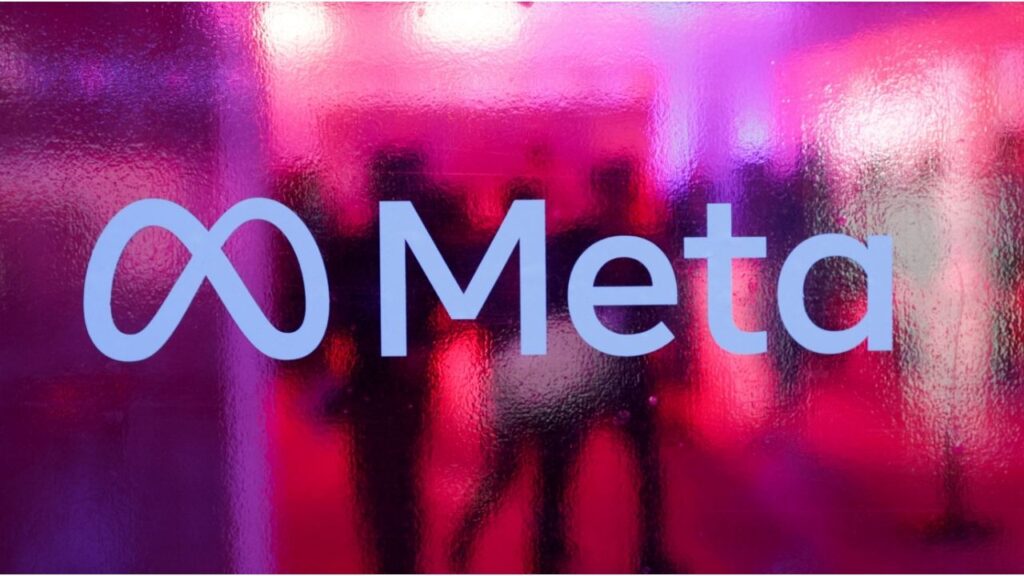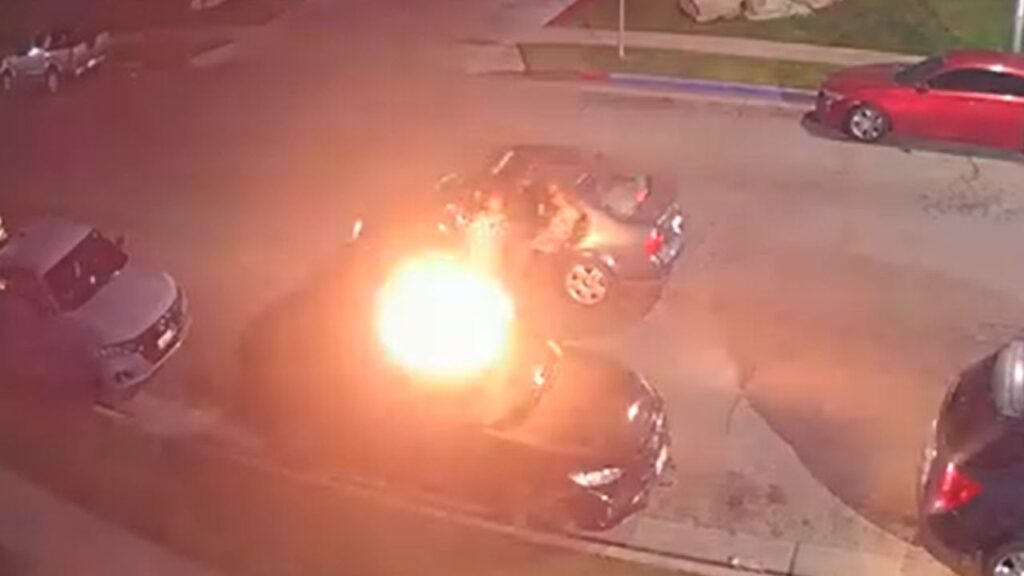Proposition 55 backers rally for extending a temporary tax on California's wealthiest residents to fund education in 2016. (Facebook/Yes On 55/File)

- California's wealthiest earners would continue paying at a top tax rate of 12% of earnings.
- The last time that the tax was on the ballot, in 2016, 63% of voters backed it.
- The initiative might face competition from a one-time wealth tax on assets, not earnings.
Share
|
Getting your Trinity Audio player ready...
|
California has never spent more state money on TK-12 students — more than double per student over the past dozen years.

John Fensterwald
EdSource
But that could change in 2030 when a temporary tax in place since 2012 on the wealthiest Californians is set to expire. School districts and community colleges could see a $2 billion to more than $5 billion drop in annual state funding.
That expiration is four years away — a lifetime in politics — but the California Teachers Association, the largest union representing more than 300,000 teachers in the state, isn’t sitting back to let that happen. It is driving an effort to make the temporary tax permanent by gathering signatures to place The California Children’s Education and Health Care Protection Act of 2026 on the November 2026 ballot.
“People have shown us time and time again that they know that investing in our students, our communities, and educators is one of the best investments we can make as a state,” said CTA President David Goldberg. “Frankly, they also are blown away by income inequality we have in the state.”
CTA Rallies Members to Make Tax Permanent
The CTA took the lead in placing the tax on the ballot in 2016, the first time it was extended. And now it sees the effort as a way to galvanize members to campaign for its success.
This story was originally published by EdSource. Sign up for their daily newsletter.
The income tax on the wealthiest began in 2012-13 and, along with a strong economy, has meant that funding for TK-12 and community colleges has more than doubled to $114 billion annually. Gov. Gavin Newsom and the Legislature have used the additional money to fund transitional kindergarten, after-school and summer learning, Covid recovery aid, teacher recruitment incentives, and to increase general funding — funding now viewed as indispensable.
The initiative’s introduction warns that rejecting the higher tax rates would result in “devastating cuts to schools, children’s healthcare, and other essential services. It would reverse the gains our schools have made since the initial passage of the high-earner income tax in 2012.”
The tax on the top 2% of earners, who generate about half of the income tax revenue, would continue to produce between $5 billion and $15 billion per year, based on volatile revenues tied to swings in the state economy, according to an analysis by the independent Legislative Analyst’s Office. Although sold by supporters as a tax for education, that’s only partly true. It would continue to be distributed as General Fund revenue, of which, on average, about 40% (between $2 billion and $6 billion) would go to schools and community colleges through Proposition 98, the complex formula that determines education’s annual share. In years when funding for Prop. 98 includes money that the Legislature owes from the year before, the portion can be more than 40%. The 2026-27 state budget, which Newsom will reveal in January, will likely be one of those years.
Besides education, up to $2 billion would be directed to children’s health care. Higher education would benefit, too, since it receives 10% of the General Fund’s revenue. Under Prop. 98, 89% of revenue goes to TK-12 and 11% to community colleges.
The state’s graduated income tax, whose maximum rate is the highest among states, would continue, with tax increases of increments of 1% on top of the previous top rate of 9.3%, as the LAO analysis lays out:
- 10.3% for individuals earning between $361,000 and $433,000 (for couples, income between $721,000 and $866,000)
- 11.3% for individuals earning between $433,000 and $721,000 (for couples, income between $866,000 and $1.4 million)
- 12.3% on all income for individuals earning more than $866,000 ($1.4 million for couples) on all income above that level
Third Time Before Voters
The roots of the tax date back to 2012, before revenues rebounded from the Great Recession. Then-Gov. Jerry Brown proposed it as Proposition 30 and threatened to cut school and community college funding by $6 billion if voters didn’t pass it. The six-year temporary tax included a 0.25% sales tax, which was one reason passage was not overwhelming: 55.4% to 46.6%.
In 2016, Proposition 55, designed to extend the tax until 2030 without the sales tax while keeping the graduated tax rates on the wealthiest earners, did better. It won 63% to 37%, with opponents raising only $3,000. Meanwhile, the CTA and the California Association of Hospitals and Health Systems raised most of the $58 million promoting Prop. 55. Stating that he had promised voters a temporary tax, Brown did not campaign for it.
Prop. 55’s margin of victory in 2016 is feeding optimism with a ballot vote a year away.
“The environment today seems more attuned to wealth disparity than any other time that I’ve been aware of,” said Matt Lesenyie, an assistant professor of political science at Long Beach State. “And I see this as being almost an instant winner.”
Lesenyie predicted the same anti-Donald Trump Democratic coalition that passed the redistricting initiative, Prop. 50, by a two-thirds margin, with larger-than-average support among Latinos and young voters, would also back a tax initiative.
Mark Baldassare, survey director for the Public Policy Institute of California and an expert on voting initiatives, agrees with Lesenyie’s view, though for different reasons. Polling has consistently indicated, and the title on Proposition 51 — Tax Extension to Fund Education and Healthcare — confirmed that voters are most supportive of funding in those two areas.
The question moving forward, Baldassare said, is whether the CTA can build the same health care and education coalition as a decade ago.
Goldberg said the CTA has begun to do so and is having conversations with health care unions and other likely supporters.
The attorney general’s office approved the initiative’s title and summary on Nov. 4, giving the CTA six months, until May 4, 2026, to collect the minimum of 874,641 verifiable signatures to put the question on the ballot.
‘Leaving Nothing to Chance’
The CTA could have potentially saved several million dollars in signature-gathering costs by asking the Legislature to put the initiative on the ballot, but chose not to.
One reason is that legislative leaders could decide to wait until 2028 or 2030 to put the question before voters, and the CTA wants it on the 2026 ballot, “and leave nothing to chance,” Goldberg said.
One potential complication is another tax initiative, the “2026 Billionaire Tax Act,” proposed by the Service Employees International Union-United Healthcare Workers West and St. John’s Community Health in Los Angeles. It would be the state’s first wealth tax — a one-time tax on the assets of the state’s estimated 200 billionaires, producing $100 billion, according to the proponents. Under the proposal, 90% would go to health care, filling a gap from President Trump’s proposed huge cuts for Medi-Cal recipients, and 10% for education.
Taxing billionaires may be an easy sell, but the initiative, which has not yet been approved for signature gathering, could also face expensively funded opposition. The conventional thinking, which Baldassare acknowledged, is that two tax initiatives on the wealthy could confuse voters, undermining support for both.
Goldberg said it’s premature for the CTA to take a position on the billionaire tax, but its priority will be continuing the income tax increase. He also said he is concerned that the billionaire tax would provide schools and community colleges with less money than the 40% share they receive through Prop. 98.
Opponents of Prop. 55, like the California Chamber of Commerce, have not yet spoken out about extending it. They will likely argue again that the tax was proposed in response to the Great Recession and is no longer needed, and that it would reinforce a volatile and unstable tax system dependent on the fortunes of the richest few.
In addition, the Los Angeles Times wrote in 2016, “when only a few provide most of the revenue, the majority loses not only its incentive to demand results, but its leverage to do so.”
But another way to frame the argument, Goldberg said, is, “If we do not pass this, it actually is a tax cut for the wealthiest Californians.”
About the Reporter
John Fensterwald writes about education policy and its impact in California. Follow him on X, @jfenster
RELATED TOPICS:

CA Teachers Union Spurs Drive to Make Wealth Tax Permanent

Israeli Military Commanders Face Ouster Over Oct. 7 Failures















